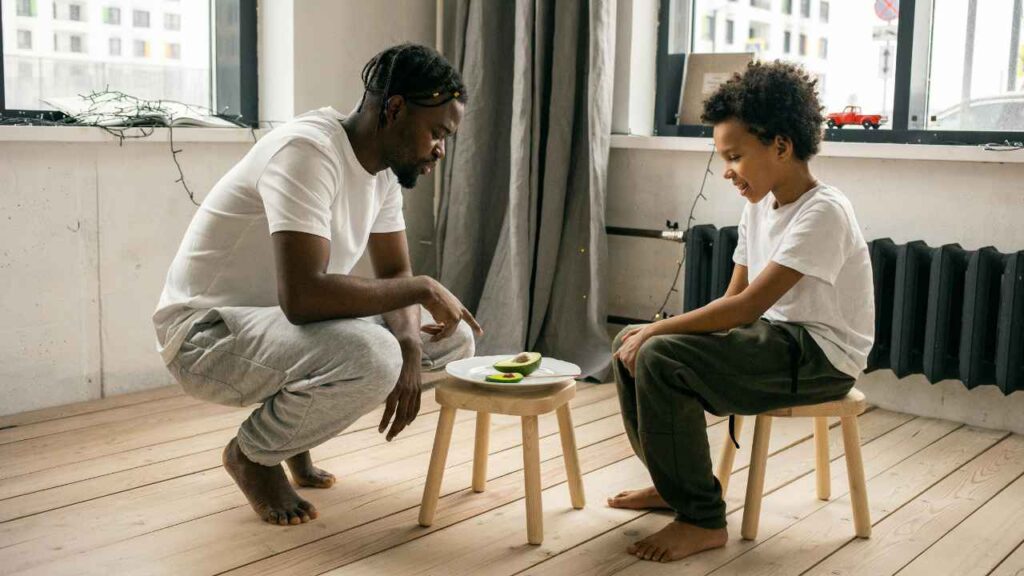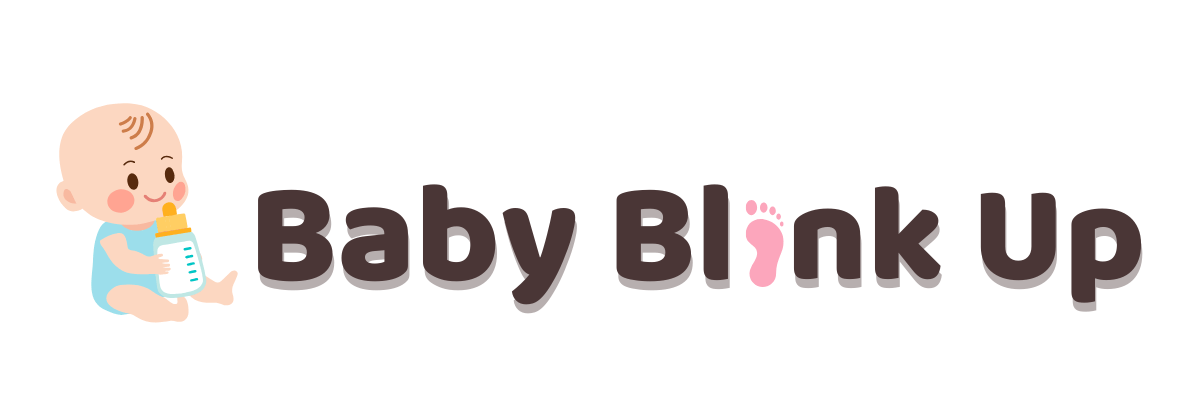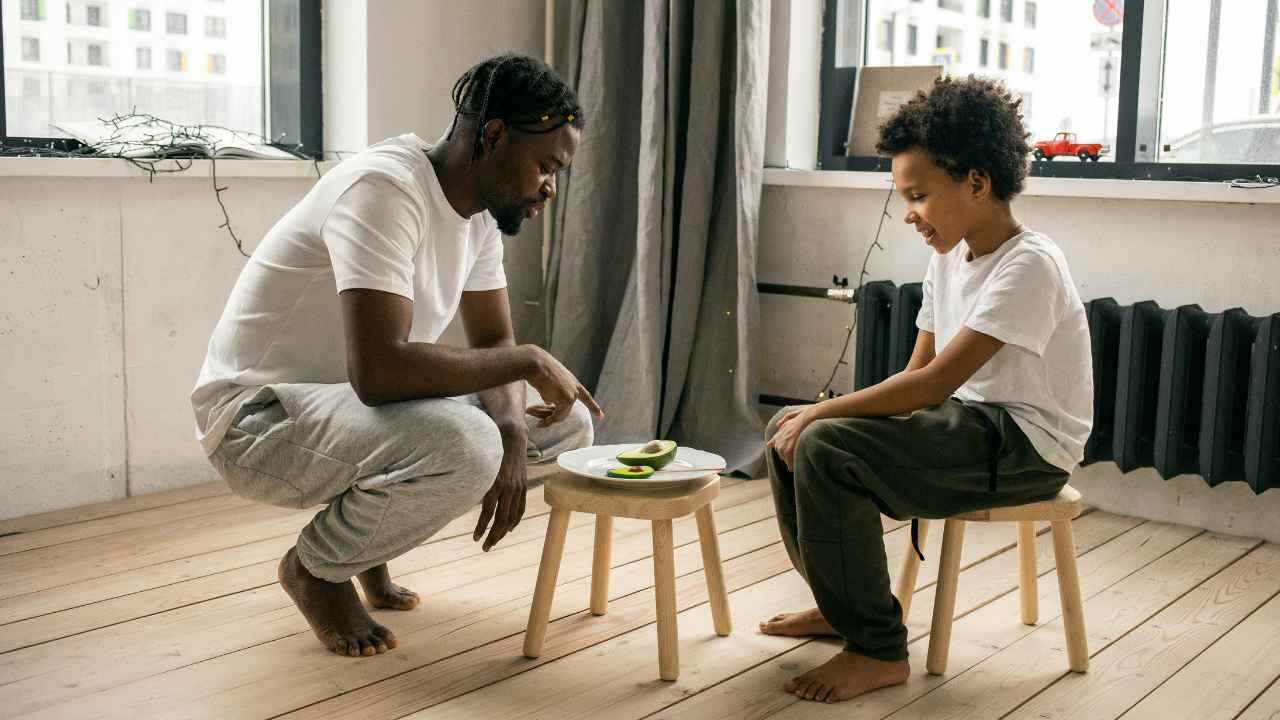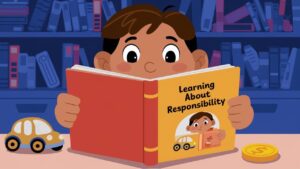As a parent, you might find yourself asking, why doesn’t my child take responsibility for their actions? This question often arises when children avoid accountability, shift blame, or struggle to own their mistakes. Teaching responsibility is crucial for a child’s personal growth and future success. It builds integrity, fosters trust, and equips them with the tools to navigate life’s challenges.
In this guide, we will explore seven practical steps to help your child embrace responsibility and develop accountability in their actions.
Why Doesn’t My Child Take Responsibility for Their Actions? Discover 7 Proven Steps

1. Lead by Example
Children learn a great deal by observing their parents. If they see you taking responsibility for your actions—admitting mistakes, apologizing when necessary, and making amends—they are more likely to emulate this behavior. For example, if you forget an important commitment, openly acknowledge it and explain how you’ll address it. This demonstrates accountability in a real-world context.
2. Create a Safe Space for Accountability
Sometimes, children avoid responsibility because they fear punishment or judgment. Creating a supportive and understanding environment encourages them to own up to their actions. Instead of harshly reprimanding your child for a mistake, approach the situation with empathy. For instance, if your child spills juice on the carpet, calmly say, “Let’s clean it up together,” instead of focusing solely on the error.
3. Encourage Open Communication
Open and honest dialogue is essential when teaching responsibility. Ask questions like, “What do you think happened?” or “How could we solve this together?” These conversations help your child reflect on their actions and learn to take ownership of their decisions. By fostering a habit of open communication, you’re teaching them to navigate challenges responsibly.
4. Set Clear Expectations
Children thrive when they understand what is expected of them. Clearly define their responsibilities at home, such as completing homework, tidying their room, or helping with household chores. For example, explain that putting toys away after playtime is part of their responsibility. Consistently reinforcing these expectations helps establish accountability as a natural part of their routine.
5. Focus on Solutions, Not Blame
When a child makes a mistake, emphasizing solutions instead of assigning blame is more constructive. This approach teaches problem-solving and reinforces accountability. For instance, if your child breaks a vase, ask them how they think it can be fixed.
This not only helps them learn from their mistakes but also shows them that accountability includes finding ways to make things right.
6. Use Positive Reinforcement
Recognize and reward instances where your child takes responsibility for their actions. Praise them when they admit a mistake or follow through on a task. For example, if your child apologizes for being late to dinner, acknowledge their honesty and effort by saying, “I appreciate you being truthful about what happened.” Positive reinforcement motivates children to continue practicing responsible behavior.
7. Allow Natural Consequences
Sometimes, the best lessons come from experiencing the natural consequences of one’s actions. If your child forgets their homework, let them face the teacher’s response instead of rushing to fix the problem for them. This approach helps children understand the importance of their choices and encourages them to take responsibility in the future.
Why Children Avoid Accountability
Understanding why children avoid accountability can help address the root causes of their behavior. Here are some common reasons:
- Fear of Punishment: Children may deflect responsibility if they associate mistakes with severe consequences.
- Lack of Understanding: Young children might not fully grasp the concept of accountability.
- Parental Over-Involvement: Constantly rescuing your child from the consequences of their actions can prevent them from learning to take ownership.
- Peer Pressure: Sometimes, external influences make it challenging for children to admit their mistakes.
By recognizing these factors, parents can adopt strategies that align with their child’s developmental needs.
Helping Kids Own Their Mistakes

Encouraging children to own their mistakes involves patience and consistent effort. Here are some additional tips:
- Ask Reflective Questions: Instead of saying, “Why did you do that?” try asking, “What can we do differently next time?”
- Avoid Overreacting: Stay calm and focus on the lesson rather than the mistake itself.
- Celebrate Effort: Acknowledge when your child takes steps toward accountability, even if the outcome isn’t perfect.
Tips to Raise Responsible Children
- Teach Time Management: Help your child prioritize tasks and understand the importance of meeting deadlines.
- Assign Age-Appropriate Chores: Tasks like setting the table or organizing their backpack teach responsibility in manageable steps.
- Encourage Decision-Making: Give your child opportunities to make choices, like picking an outfit or planning a weekend activity.
7 Steps to Foster Responsibility
| Step | Description | Example |
|---|---|---|
| Lead by Example | Show accountability in your own actions. | Apologize for forgetting an appointment. |
| Create a Safe Space | Foster a judgment-free environment. | Help clean up a mess together. |
| Open Communication | Encourage reflection and dialogue. | Ask, “What could we do better?” |
| Set Expectations | Clearly define roles and tasks. | Assign regular household chores. |
| Focus on Solutions | Emphasize problem-solving. | Discuss how to repair a broken item. |
| Positive Reinforcement | Reward honesty and effort. | Praise your child for admitting a mistake. |
| Allow Consequences | Let natural outcomes teach lessons. | Let them face the teacher if homework is incomplete. |
Related Article: 7 Simple Steps to Teach Your Child Good Behaviors
Conclusion
Teaching children to take responsibility for their actions is a gradual process that requires patience, consistency, and empathy. By modeling accountability, fostering open communication, and using constructive strategies, parents can guide their children toward becoming responsible individuals.
When you address the question, why doesn’t my child take responsibility for their actions?, remember that the answer often lies in creating a supportive environment that encourages growth and learning. With time and effort, your child can develop the confidence and integrity to own their decisions and embrace accountability.
FAQ’s
How do I teach kids responsibility?
Teaching responsibility involves modeling accountable behavior, setting clear expectations, and encouraging open communication. Consistency and positive reinforcement also play a vital role.
Why do children avoid accountability?
Children may avoid accountability due to fear of punishment, lack of understanding, or parental over-involvement. Addressing these factors helps foster a sense of responsibility.
What are some tips to raise responsible children?
Assign age-appropriate chores, encourage decision-making, and teach time management. Celebrating small successes also builds confidence in their abilities.
How can I help my child own their mistakes?
Guide your child with reflective questions, focus on solutions, and avoid overreacting. Recognizing their effort to admit mistakes can also motivate them.
What are natural consequences, and how do they help?
Natural consequences are the outcomes of a child’s actions without parental interference. They teach children the importance of their choices and encourage accountability.





Pingback: Why Is It Important for Kids to Learn Responsibility? 7 Key Reasons